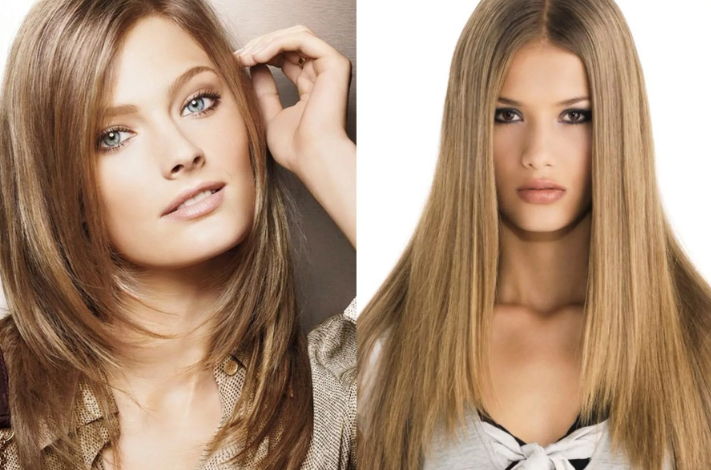In the world of fashion and sports industry, women's sneakers occupy a special place, providing women with comfort, style and functionality. However, the choice of materials for manufacturing of sneakers is crucial, affecting the comfort, durability and even the appearance of the shoe. Let's look at the most popular materials used in modern women's sneakers.

- Net — mesh material has become one of the most popular sneakers in the world. Its lightness and good ventilation make it ideal for an active lifestyle. The mesh allows air to circulate freely inside the shoe, preventing excessive sweating and providing a feeling of freshness even on the hottest days.
- Leather — Leather sneakers are a combination of elegance and functionality. Leather provides strength and durability while maintaining a stylish look. It can also be easily cleaned, making these sneakers a great choice for everyday wear.
- Suede — is a material that gives sneakers an elegant and sophisticated look. It also provides the shoes with softness and flexibility, making them comfortable for long-term use. Suede is often used in the design of women's sneakers for everyday wear, giving them a pleasant texture and durable style. Depending on the treatment, suede can be waterproof and stain-resistant, making it suitable for a variety of wearing conditions.
- Synthetic materials — modern technologies allow us to create a variety of synthetic materials, such as nylon, polyester and artificial leather. These materials are lightweight, water-repellent and abrasion-resistant, making them an excellent choice for sports activities.
- Neoprene —This elastic material provides a perfect fit and comfort for the foot. It also perfectly supports the foot and provides good cushioning, which is especially important during intense training.
- Velveteen — is a soft and plush fabric that adds chic and luxury to women's sneakers. This material is made by treating regular fabric in a special way to create short fibers that resemble velvet. Corduroy sneakers are distinguished by their sophisticated appearance and tactile pleasure. They are ideal for everyday wear in stylish looks, giving shoes a unique and elegant look.
- Textile — is a general term that covers a wide range of natural and synthetic fabrics used to make shoes. Cotton, linen, nylon, and polyester are all materials that can be classified as textiles. Textile sneakers offer a variety of styles and designs due to the different textures and patterns. This material provides breathability, making it a great choice for the summer season, and also provides the opportunity to experiment with colors and patterns in shoe design.
- Flyknit — is an innovative material that is often used in modern sneakers. Created by Nike, it is a fabric knitted from lightweight threads, which makes the shoe light and flexible. Flyknit provides excellent ventilation, precise fit to the shape of the foot and a stylish appearance.
- Carbon fibers — is a durable and lightweight material that has become popular in recent years in the production of high-tech footwear, including sneakers. It provides excellent foot support, stability and durability. Carbon fibers are also used to create effective shock-absorbing systems, making them an ideal choice for sports shoes designed for high loads.
- Mixed rubber material — this material combines the advantages of rubber and other synthetic fibers. It provides excellent grip, abrasion resistance, and water-resistant properties. Mixed rubber materials are often used in sneakers for active sports, where reliable support and foot protection are required.
Modern women's sneakers also actively incorporate technologies such as waterproof coatings, shock-absorbing systems, and ergonomic designs. These innovations are aimed at improving the functionality and comfort of shoes.

The choice of materials for women's sneakers depends on individual preferences, lifestyle and purposes of use. Modern technologies and a variety of materials allow every woman to find the perfect sneakers that combine style, comfort and high quality.













Оставить Комментарий